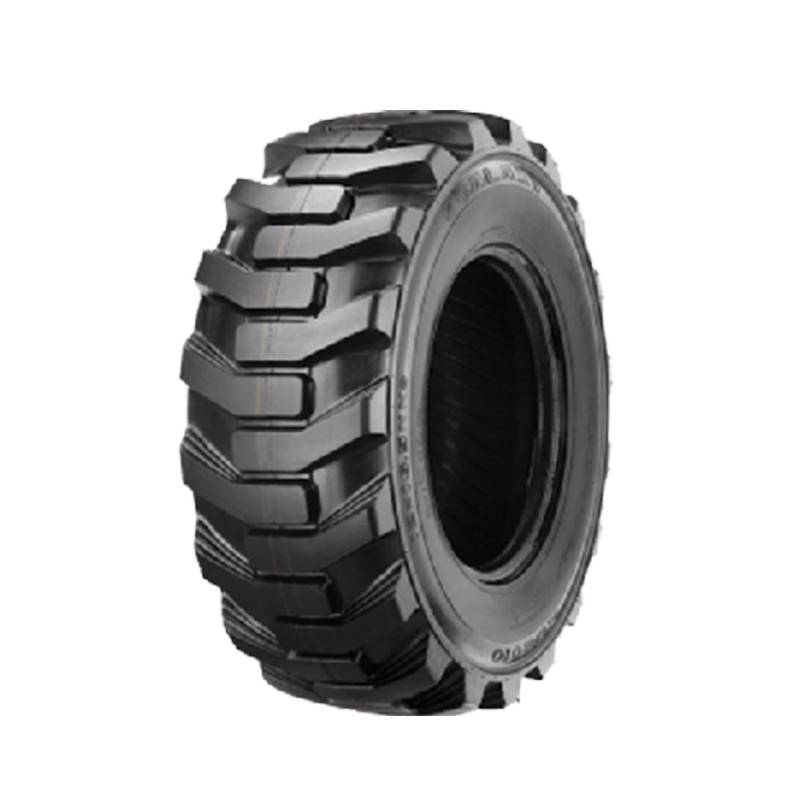
Aug . 13, 2024 00:06
Back to list
Pressure Regulation Valve for Enhanced System Performance and Efficiency in Industrial Applications
Understanding Pressure Regulation Valves A Key Component in Fluid Systems
Pressure regulation is a critical aspect in various industries, including oil and gas, chemical processing, water treatment, and HVAC systems. A crucial component in achieving appropriate pressure levels is the pressure regulation valve (PRV). This article delves into the functionality, types, applications, and importance of pressure regulation valves.
What is a Pressure Regulation Valve?
A pressure regulation valve is a device designed to maintain a desired pressure level in a fluid system. It automatically adjusts the flow of liquid or gas to ensure that the pressure stays within specified limits, preventing overpressure or underpressure conditions that could lead to equipment failure or hazardous situations.
How Do Pressure Regulation Valves Work?
Pressure regulation valves operate based on a simple principle they modulate the flow of fluid through the valve in response to changes in system pressure. When the downstream pressure exceeds the set limit, the valve will close or reduce the flow, thereby preventing further pressure increase. Conversely, if the pressure drops below the desired level, the valve will open or allow more fluid to flow through.
Most PRVs incorporate a spring and diaphragm mechanism that senses pressure changes. The diaphragm moves in response to the pressure differential, adjusting the valve opening. This mechanism ensures that the set pressure is maintained within a narrow range, allowing for stable operation of the entire system.
.
There are several types of pressure regulation valves, each suited for specific applications and fluids
صمام تنظيم الضغط

1. Direct-acting Valves These are simple and cost-effective, widely used in residential and small-scale applications. The valve directly responds to pressure changes with little lag.
2. Pilot-operated Valves These valves utilize a small pilot valve to control a larger main valve, offering high accuracy and ability to manage larger flow rates. They are commonly used in industrial applications.
3. Relief Valves These provide a safety mechanism by releasing excess pressure when it exceeds a preset limit, protecting equipment from potential damage.
4. Back Pressure Regulators Used primarily in gas systems, these maintain the downstream pressure by regulating the pressure upstream of the valve.
Applications of Pressure Regulation Valves
Pressure regulation valves find extensive applications across various industries. In water treatment facilities, they control the pressure in pipelines to ensure safe and efficient distribution of water. In oil and gas operations, PRVs prevent overpressure situations in storage tanks and processing units, thereby enhancing safety. Additionally, in HVAC systems, they regulate refrigerant pressure to maintain optimal cooling performance.
Importance of Pressure Regulation Valves
The significance of pressure regulation valves cannot be overstated. They contribute to safety by mitigating risks associated with pressure fluctuations. By ensuring equipment operates within safe pressure ranges, PRVs extend the lifespan of machinery and prevent costly downtimes. Furthermore, they enhance system efficiency by optimizing flow, thereby reducing energy consumption and operational costs.
In conclusion, pressure regulation valves play a vital role in maintaining safe and efficient operations across various fluid systems. Their ability to automatically adjust to pressure changes not only ensures the reliability of the system but also protects against potential hazards. As industries continue to evolve and demand more complex fluid management solutions, the importance of robust and accurate pressure regulation mechanisms will only continue to grow.
Latest news
-
Safety Valve Spring-Loaded Design Overpressure ProtectionNewsJul.25,2025
-
Precision Voltage Regulator AC5 Accuracy Grade PerformanceNewsJul.25,2025
-
Natural Gas Pressure Regulating Skid Industrial Pipeline ApplicationsNewsJul.25,2025
-
Natural Gas Filter Stainless Steel Mesh Element DesignNewsJul.25,2025
-
Gas Pressure Regulator Valve Direct-Acting Spring-Loaded DesignNewsJul.25,2025
-
Decompression Equipment Multi-Stage Heat Exchange System DesignNewsJul.25,2025

